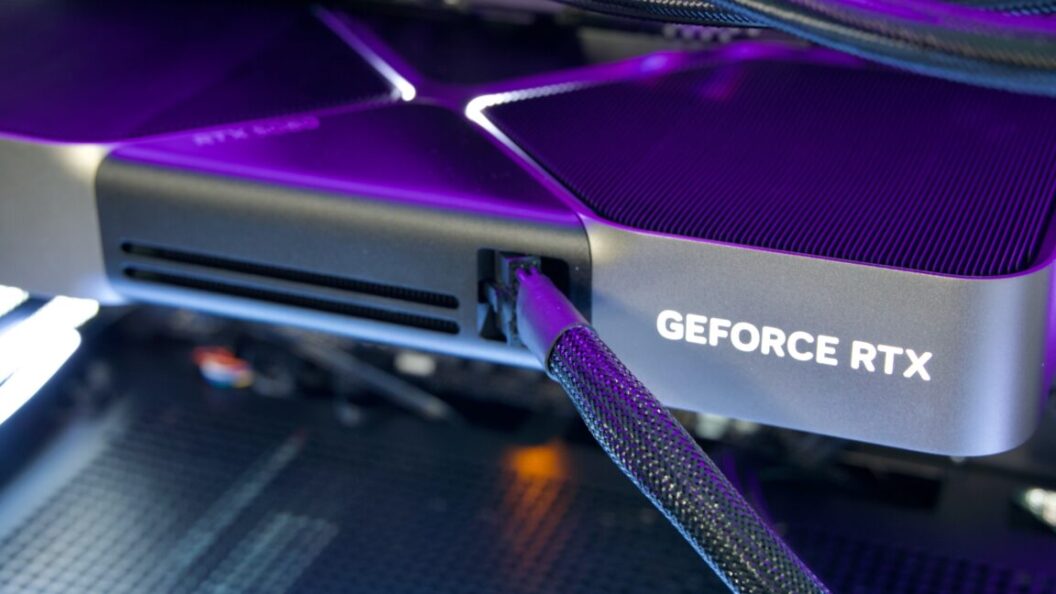VMware Files Lawsuit Against Siemens Over License Violations
Introduction: Unfolding a Serious Legal Claim
In a significant legal development, VMware, a leading provider of virtualization and cloud infrastructure solutions, has initiated a lawsuit against Siemens AG, a German industrial giant, for allegedly using its software without a proper license. The lawsuit, filed on March 21, 2025, in the U.S. District Court for the District of Delaware, underscores the complexities of software licensing agreements and the repercussions of non-compliance.
Background: The License Agreement
VMware and Siemens have been bound by a Master Software License and Service Agreement since November 28, 2012. This agreement lays the groundwork for Siemens to utilize VMware’s products within specific parameters. According to VMware’s lawsuit, Siemens recently attempted to renew its support services by submitting a purchase order in September, which inadvertently exposed the company’s unauthorized use of VMware’s technology.
Claims of Unauthorized Use
The heart of VMware’s complaint revolves around Siemens’ request for support on a number of VMware products. VMware contends that the list provided by Siemens includes many products for which there is no record of an official license purchase. “Siemens AG revealed that it had downloaded, copied, distributed, and deployed thousands of copies of VMware products for which it had never purchased a license,” states the lawsuit. This admission forms the crux of VMware’s allegations against Siemens, suggesting widespread and unauthorized utilization of its software.
Legal and Financial Implications
The lawsuit raises pertinent questions about intellectual property rights and licensing adherence in the tech industry. VMware is likely seeking not only financial compensation for the alleged unauthorized copies but also corrective actions to prevent future occurrences. The potential financial ramifications could be significant, as unauthorized use can lead to sizable damages, affecting Siemens’ operational costs and potentially altering its relationship with other software vendors.
Industry Context: Licensing Challenges
This case highlights ongoing tensions in the tech industry regarding software licensing. Companies often navigate complex agreements that can lead to misunderstandings and disputes over the use of software products. With the rapid advancement of technology and the increasing reliance on software solutions across industries, such legal battles are expected to rise. The intricacies of software licensing require organizations to maintain meticulous records to avoid similar situations.
Controversial Aspects and Siemens’ Response
At present, Siemens has not publicly commented on the lawsuit, leaving open the question of how the company will respond to VMware’s claims. Given the potential legal ramifications, Siemens may mount a defense asserting that it believed it was acting within the bounds of the existing agreement or that there was a misunderstanding regarding the licensing of the software. The outcome of this case may set important precedents regarding how companies manage and navigate licensing agreements moving forward.
Conclusion: Implications for the Future of Software Licensing
As the lawsuit unfolds, it not only brings to light the specific allegations against Siemens but also stresses the importance of adhering to software licensing agreements in a fast-evolving technological landscape. The ramifications of the case could resonate beyond the immediate parties involved, influencing how organizations approach licensing in their day-to-day operations. Fostering a clearer understanding of software agreements may be key to averting such disputes in the future, ultimately shaping the relationship between software developers and corporate entities.












